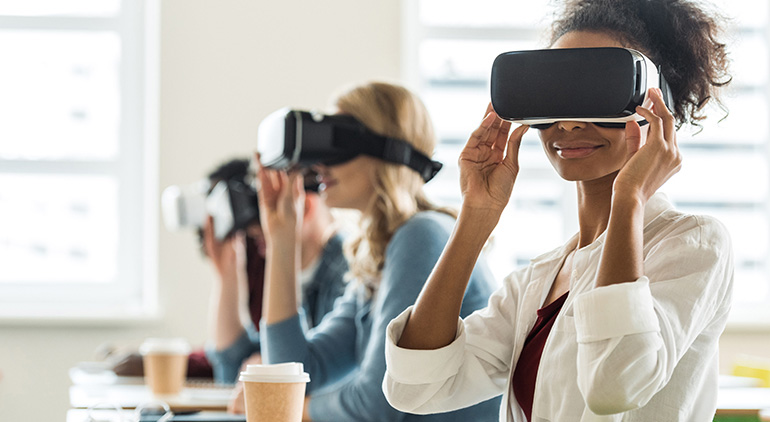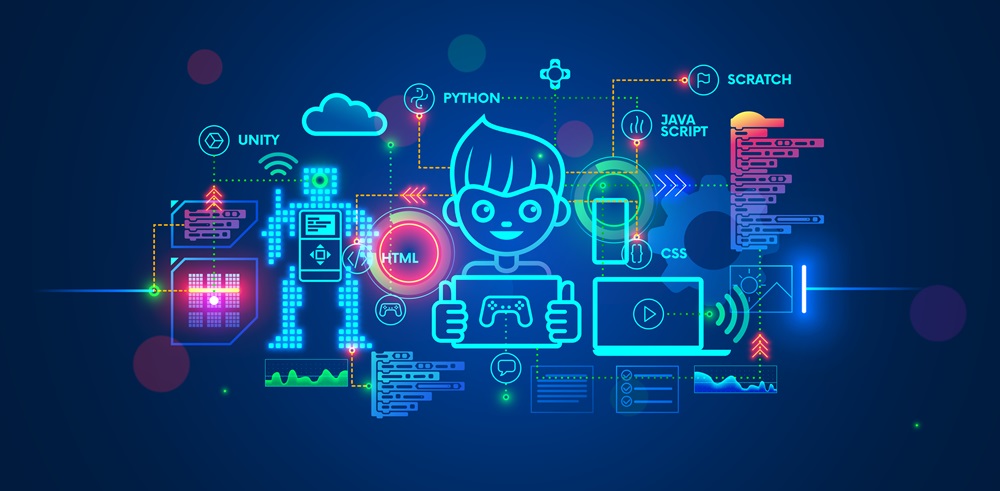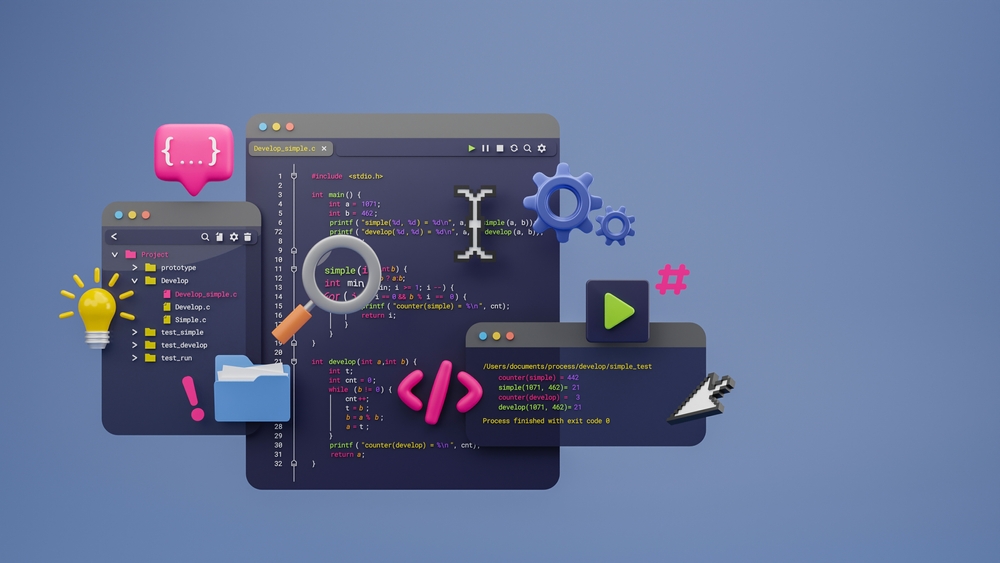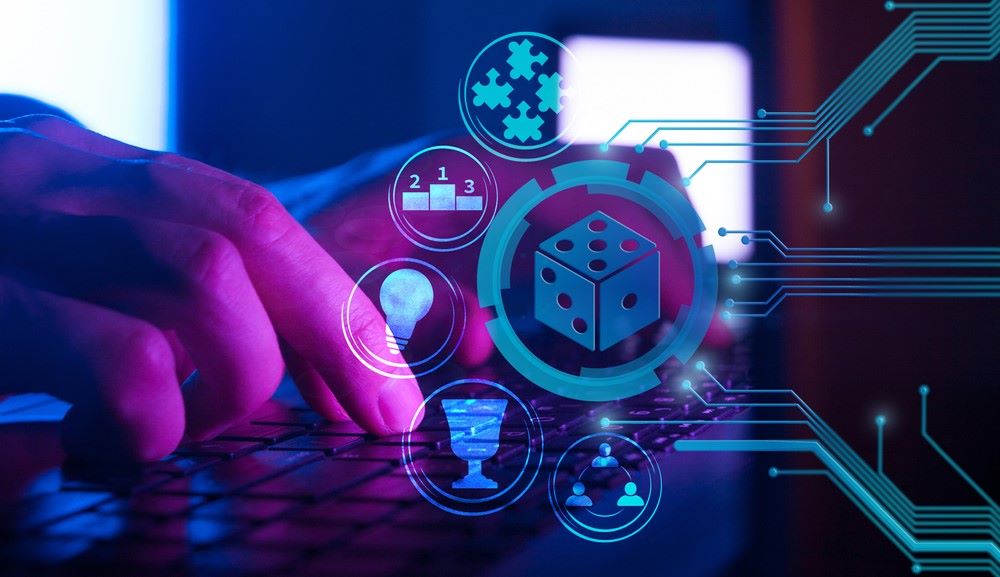VR Classrooms set to Ignite Young Minds
"We cannot create observers by saying 'observe,' but by giving them the power and the means for this observation, and these means are procured through education of the senses." - Maria Montessori
Attractive Opportunities in the Augmented and Virtual Reality in Education Market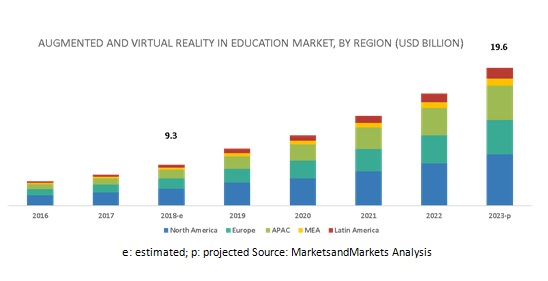
Market Size on AR and VR in Education Sector
USD 196 Billion by 2023, CAGR of 16.2%
The global augmented and virtual reality in education market size is projected to grow at a CAGR of 16.2 %, from USD 93 billion in 2018 to USD 196 billion by 2023
Emerging economies such as India, Singapore, Malaysia, and the Middle East are seen as the hub of augmented and virtual reality companies adopting these technologies.
The most significant benefit that Edtech can provide is wide access to quality education which is not defined by geographical limits.
The Concepts of Virtual and Augmented reality in education
Virtual reality and augmented reality in education are two crucial disruptive technologies that augment the experiential learning process. What was traditional schooling – the board and notebook way has been left way behind with the entry of Edtech.
Futuristic technologies have undeniably ignited young minds and sparked curiosity and the quest for learning by introducing concepts in a fun, interactive, and immersive way. 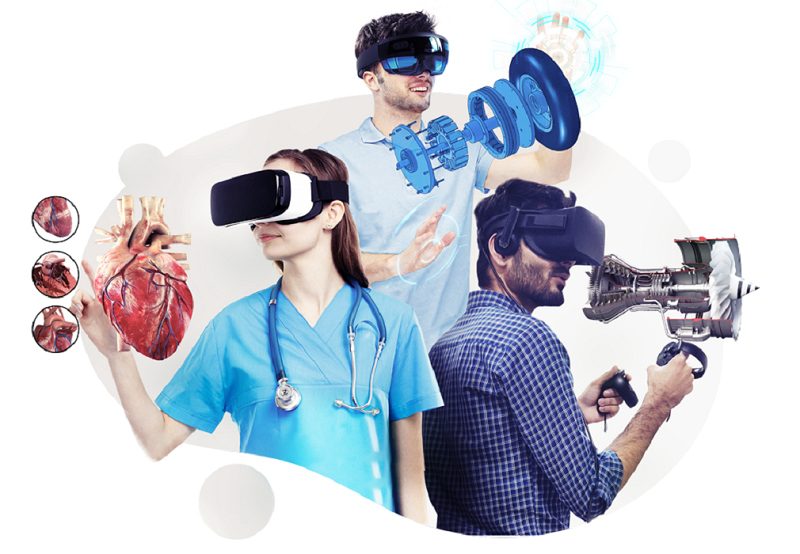
Augmented and Virtual Reality Classrooms can break down the dullness and monotony of the textbooks and bring to life the concepts and create an environment of wonder, curiosity, and the imagination to question beyond the confines of textbook information.
This point is aptly driven home by Yuvraj Krishan Sharma, Co-founder & Director of Kompanions, when he says,
“This form of learning is highly empowering, engaging and an interactive experience for the user."
Some of the significant applications and benefits that AR and VR education technologies can offer to create transformation in learning include:
• Gamification of Academics
AR and VR in Education have gamified academics and presented visually appealing, interactive, and fun content and hence readily accepted by students.
Its application caters to all levels from preschool to higher education and breaks down complex studies into easy-to-understand and retain concepts.
KLUES, the world’s first 3D platform for coding for kids, focuses on game-based learning to ingrain programming abilities. The integration of mathematical, language, and scientific concepts ensures an overall increase in the child’s level of understanding. 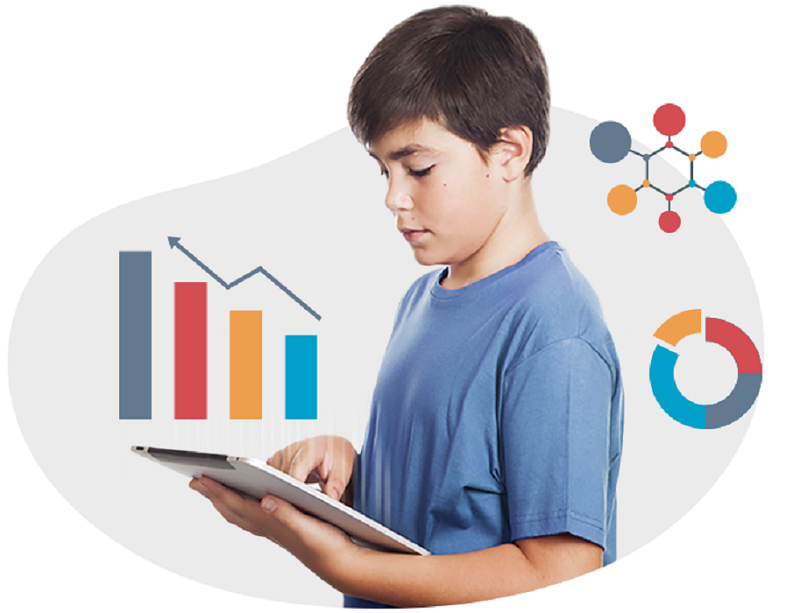
The app has an engaging interface and is available over mobile operating systems like Android and IOS for children of grades 1-10.
• Bringing the Universe into the Classroom
With VR classrooms, students can time travel, visit the wonders of the world, dive into the oceans or project themselves into space. They can stand atop the mountain tops or trek through the deep jungles and forests. They can even enter the human or animal body to study anatomy.
It offers immersive and mesmerizing experiences that enable a higher retention rate for students. They are literally in charge of their world and can see, view, rotate or turn as per their need as the headsets give them the power and liberty.
• Flexible Learning Outcomes
VR and AR-enabled Edtech apps have democratized education and offer increased flexibility in following syllabus and learning outcomes.
It gives one the flexibility to watch replays as many times as required, at any time or location, and is more interactive, ensuring a more favorable rate of learning outcome.
• Enhances Learning for Special Needs Children
AR and VR have been invaluable educational tools to cater to the needs of differently-abled and special needs children by creating curated modules that cater to their unique learning milestones.
• Regional Languages
The Edtech platforms using AR VR in Education also offer content in many regional languages, crucial to a country like India. It allows students to understand this concept in their native language and allows for deeper penetration into the country's rural areas.
• Teacher Engagement
Technology is a valuable resource tool for teachers, and as it takes over mundane tasks, teachers are free to have meaningful discussions on the subject area with students.
The adoption of AR and VR in classrooms leads to a decrease in rote learning to complete the syllabus and score marks to one of enhanced interest in the world, its marvels and allowing students to put on their think hats and look for out-of-the-box solutions.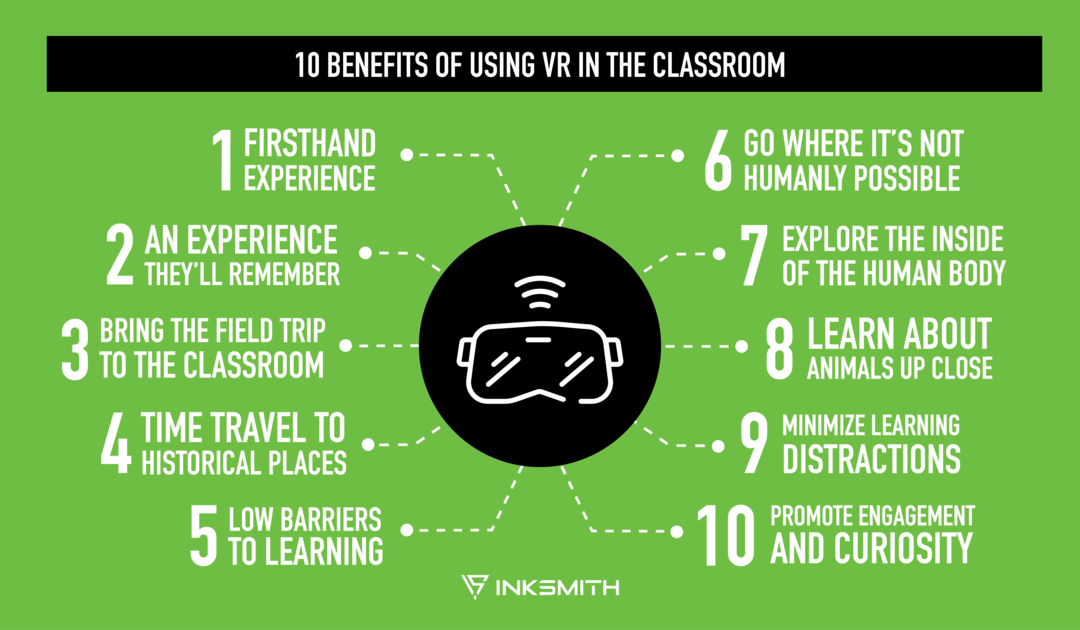
The Beginning of 3D Learning
Learning comes alive in a VR classroom and forms a mesmerizing tapestry of data, images, and concepts that ignite young minds and nudge them on the path to seek, question, think and solve.
The ‘Virtual Classroom Market’ report published in February 2020 estimates that the Global Virtual Classroom will reach USD 19.6 billion by 2024, growing at a CAGR of 16.24%.
EDIIIE is determined to be a key enabler in 3D-assisted learning and take education to unprecedented heights with r quality content and out-of-the-box technology solutions.
